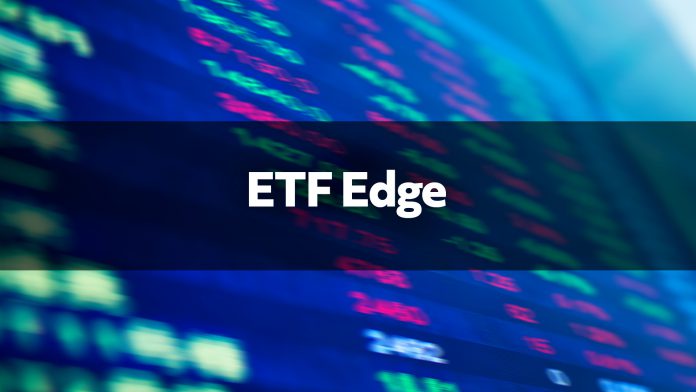Exchange-traded funds have become an increasingly important part of financial markets in recent years. Let’s consider some basic information all investors and traders need to know.
ETFs Are Thematic
Exchange traded funds, commonly known as ETFs, are thematic because they track indexes. They can be as broad as the S&P 500 stock index, or as narrow as an industry like semiconductors. ETFs can track non-stock assets like bonds, currencies, commodities — even volatility.
This makes ETFs incredibly versatile. Generally if investors want to allocate capital to a specific idea, a fund has already been created for that purpose. More than 1,500, and counting, exist now. We’ll explore some of the flavors in upcoming posts.
ETFs Trade Like Stocks
ETFs are not stocks, but you can buy and sell them like stocks in your TradeStation brokerage account.
The biggest advantage is that ETFs can be traded throughout the session. Their prices change minute-by-minute, second-by-second. That means you can place stop and limit orders to get exact pricing. Gone are the days of old-fashioned mutual funds, with end-of-day pricing.
ETFs Actually Are Mutual Funds
Even though they behave differently from traditional mutual funds, ETFs actually are mutual funds.
A mutual fund has a certain kind of structure according to the Investment Company Act of 1940. It’s a separate legal entity that holds assets based on a predetermined list. Money goes in and out based on customer orders. The fund then buys and sells stocks on its list accordingly. Management is paid from the “expense ratio,” or a percentage of total assets in the pool.
ETFs Are Cheaper Than Traditional Mutual Funds
The good news is that ETFs aren’t just easier to transact than traditional mutual funds. They’re also cheaper.
Consider two identical funds tracking the S&P 500:
- State Street’s S&P 500 Index (SVSPX): This traditional mutual fund with end-of-day pricing charges an expense ratio of 0.16 percent.
- SPDR S&P 500 ETF (SPY): This ETF charges a 0.09 percent expense ratio. It’s also one of the most active securities in the market.
ETFs Often Trade Options
Most of the popular ETFs also have options, a powerful tool for risk management.
That means you can position for a fund to move higher by owning calls. You can buy puts to profit from a drop. And if you’re sitting on a gain and expect a fund to pause, you can write calls against it. We’ll return to ETFs and options in a dedicated post.
ETFs Use ‘Authorized Participants’
ETFs rely on “authorized participants” to track their underlying index. These are usually big Wall Street banks with a special right to create and remove shares into the broader market.
Say an ETF tracks the S&P 500. If a lot of buy orders push it above the correct price, authorized participants sell the fund. That introduces more shares into the market and lowers its price.
In return, they then give the fund sponsor (Vanguard, Fidelity, State Street, etc) shares in the underlying stocks. (That would be S&P 500 members like Apple, Facebook, etc.) Some people will recognize this as a form of “arbitrage.”
This mechanism works in reverse when an ETF falls below its correct price. Either way, it allows retail investors to closely track the intended index.
























